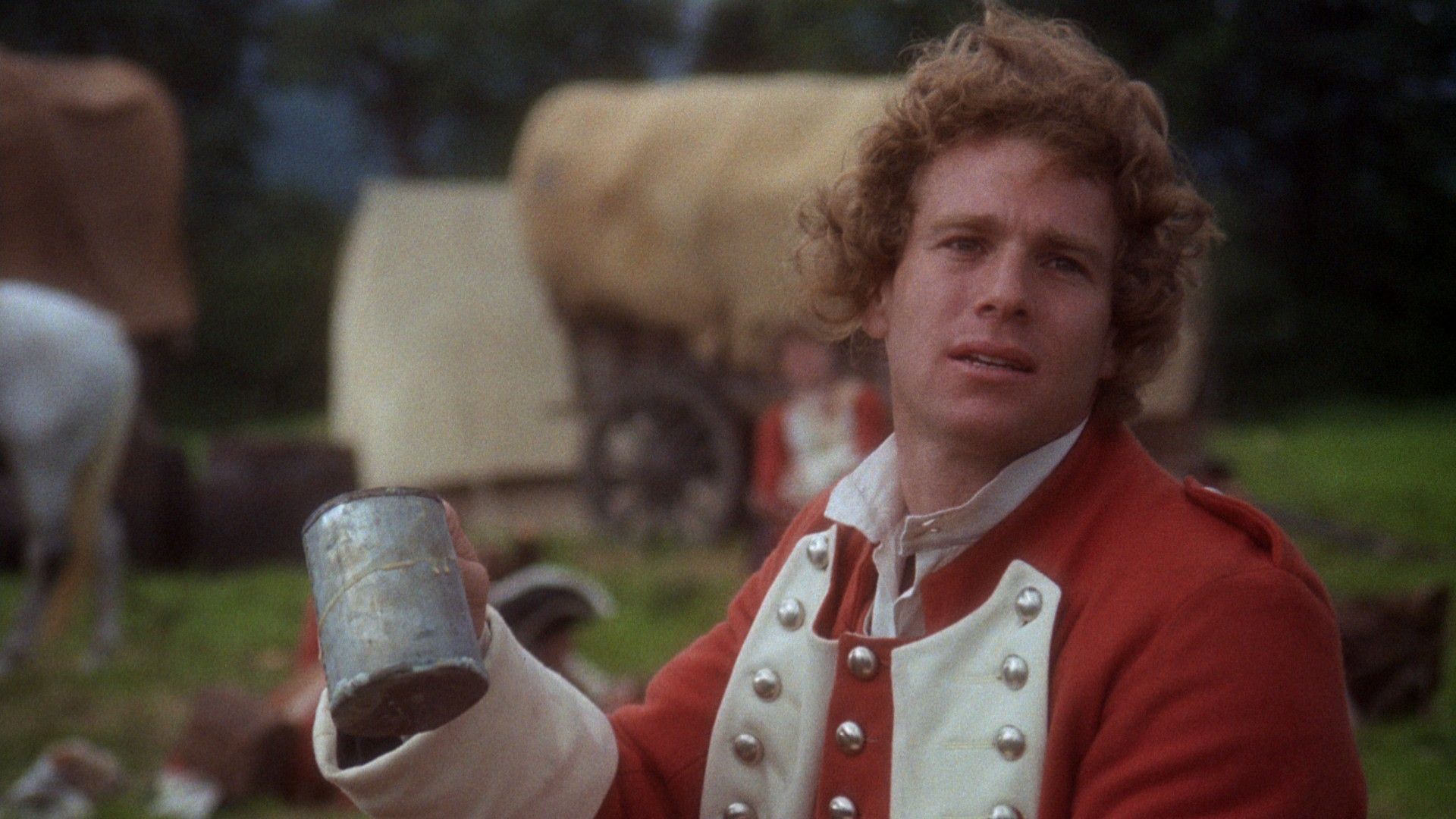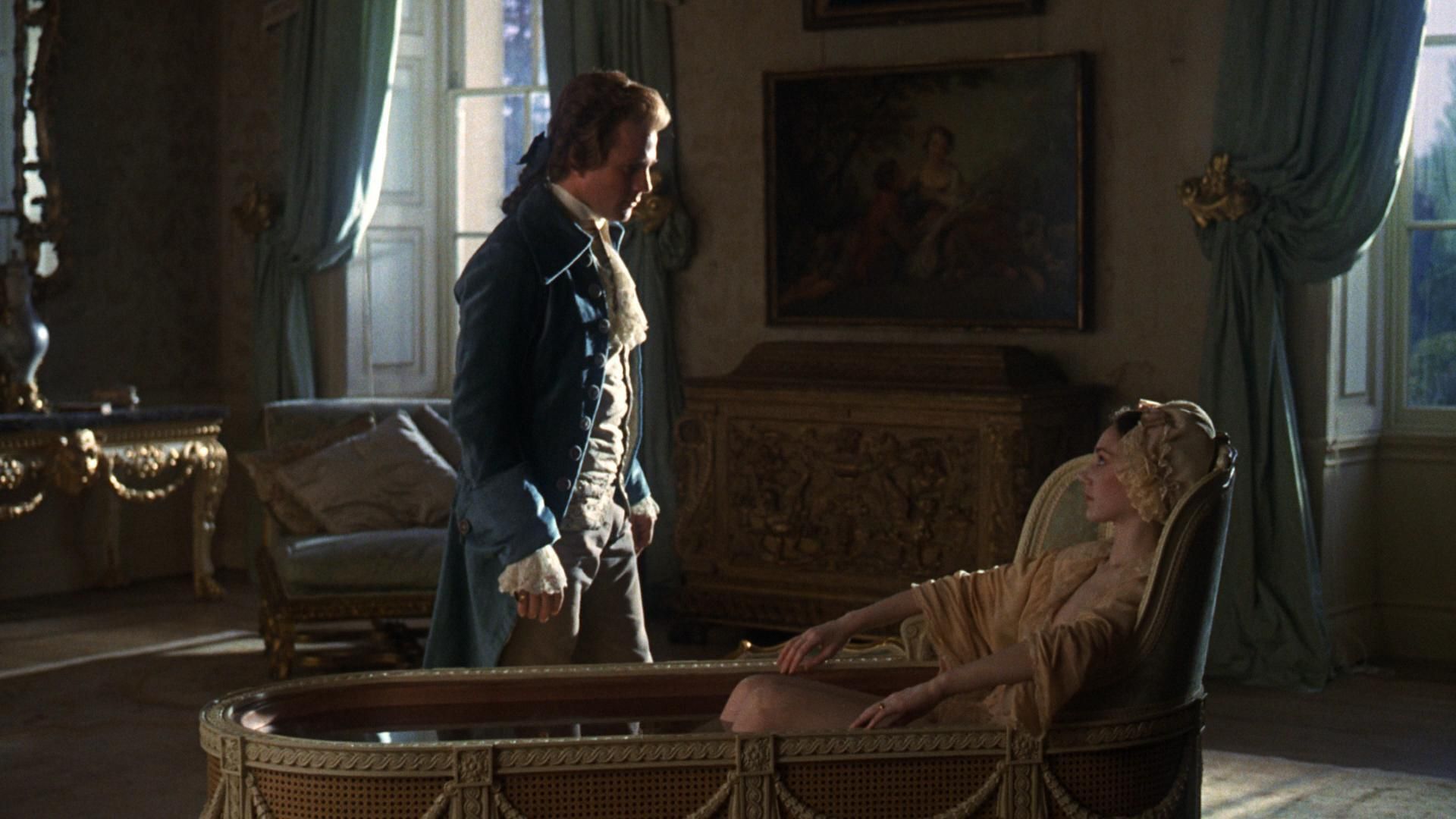
It might appear paradoxical to label a movie directed by the illustrious Stanley Kubrick, one of cinema’s most esteemed and impactful filmmakers, as “underappreciated.” However, while several of his films are frequently lauded as timeless masterpieces (like 2001: A Space Odyssey or The Shining), his 1975 historical drama Barry Lyndon, isn’t often discussed in the same breath when it comes to Kubrick’s brilliance. This film revolves around a headstrong yet determined Anglo-Irish man named Redmond Barry (Ryan O’Neal) who strives to elevate his social standing. In the course of his adventures, he becomes a fugitive, enlists in two armies, engages in duels, and continuously alters his identity before eventually pursuing the hand of a wealthy widow (Marisa Berenson).
Despite earning three Academy Awards and a nomination for Best Picture, this film has also been criticized as bland and self-indulgent by esteemed critics like Pauline Kael and Charles Champlin, who likened it to a “coffee-table book.” While Stanley Kubrick’s films often undergo reevaluation, this particular movie remains relatively unknown within his acclaimed body of work for many viewers. Its length, slow pace, and seemingly ordinary storyline have deterred many people. However, there are compelling reasons to give it a second look, and you should definitely mark your calendar for the upcoming 4K restoration of the film by the Criterion Collection, set to release on July 8, 2025.
Every Frame a (Literal) Painting
Kubrick was recognized for his thorough research before making his films. In an interview with critic Michel Ciment, he stated, “The foundation and essential element of any historical or futuristic story is convincing the audience of what they’re seeing.” For example, Kubrick elaborated in the same conversation that the film’s accurate costumes and set design from the 18th-century British artists like William Hogarth and Thomas Gainsborough were the main inspirations for creating the movie’s wardrobe, furniture, props, architecture, vehicles, and so forth: “These paintings provided the blueprint for everything we needed to create.
In Barry Lyndon, Kubrick and his cinematographer John Alcott took inspiration for their lighting techniques from 18th-century English paintings. As noted by Graham-Dixon, these paintings frequently placed subjects near windows that admitted natural light into the otherwise dimly lit interiors. Consequently, the majority of the film’s indoor shots are illuminated either by daylight streaming through windows or candlelight during nighttime sequences, with minimal use of artificial lighting sources.
To capture the enchanting indoor scenes illuminated by candles, Kubrick acquired three exceptional camera lenses that were initially developed for NASA’s lunar exploration missions. These lenses surpassed the standard film camera lenses of their era in speed. This daring and groundbreaking cinematography technique has been recognized as producing some of the most visually stunning shots ever seen in cinema history, according to Charlie Grahan-Dixon from Dazed.
Apart from giving the movie an attractive and historically accurate feel, the film’s frequent references to paintings also hold significant thematic meaning. Since paintings are flat and static, these references in the movie emphasize how lifeless, passive, and superficial Barry appears as a character. As Roger Ebert puts it, “Kubrick directs Ryan O’Neal in the title role as if he were a still life…He projects an eerie calm. Nor do his triumphs…seem to bring him much joy. He is a man who experiences things rather than one who actively participates.
Ugly People in a Beautiful World



The film’s stunning Irish countryside backdrops are undeniably its standout feature, with all outdoor scenes – even those supposedly set in England and Prussia – being filmed there. This lengthy process took an impressive 300 days due to the director’s meticulous approach, which often involved filming a single scene multiple times. Kubrick and Alcott skillfully emphasize the countryside’s beauty by transitioning from close-ups of characters to expansive landscape views, offering breathtaking glimpses of the idyllic rural backdrop.
Tim Pelan from Cinephilia & Beyond points out that the frequent wide shots in the movie give the impression that Barry’s actions and those of other characters are insignificant in the grand scheme of things. In essence, he suggests that Stanley Kubrick portrays a stunning but indifferent universe that will continue to exist long after we are gone.
In a similar vein, Ebert suggests that the film’s serene and picturesque backdrop masks the turbulent Seven Years’ War, highlighting Barry’s self-absorbed and calculating personality. Essentially, they argue that the movie appears indifferent to the war, using it merely as a sequence of opportunities for Barry Lyndon. Notably, both critics concur that these distant shots create an emotional disconnect from Barry, making his downfall, though tragic, seem more pitiful and humorous than sorrowful.
The movie’s soundtrack, much like an ironic blend of beauty and sorrow, mirrors its narrative. Similar to 2001, Barry Lyndon’s music is derived from orchestral interpretations of Classical compositions instead of an original score. The Sarabande by Handel, a frequently heard piece, is often described as somber. Critics Pelan and Ebert have noted that it enhances the film’s first half with its ostensible cheerfulness, reflecting Barry’s aspirations and the grandeur of the old order. However, in the movie’s second half, this same piece serves to underscore the tragicomic descent of our naive protagonist.
In this film, the intelligent and ominous background music, paired with Michael Hordern’s subtle yet sorrowful narration (which often reveals major plot twists prematurely), creates an eerie ambiance that implies Barry is powerless over his life and fate. As Ebert explains, both this movie and “2001” convey a feeling of a higher force governing the events, with “2001” hinting at an unspecified higher intelligence, whereas in “Barry Lyndon,” it’s Stanley Kubrick himself, detached from the action.
Barry Lyndon is Martin Scorsese’s Favorite Kubrick Film
Although Barry Lyndon may not have the controversial themes or intense emotions found in many of Kubrick’s other films, this doesn’t make it any less fascinating or valuable compared to his entire filmography. In fact, viewers might find it more challenging and require a greater degree of patience and open-mindedness than even most of Kubrick’s movies. Yet, for those who are willing to engage with it, Barry Lyndon promises a deeply rewarding experience. Martin Scorsese, a fellow filmmaking legend and Barry Lyndon admirer, would likely agree.
You can stream or buy “Barry Lyndon” on Amazon Prime Video and Apple TV+. This classic movie will be available on The Criterion Collection starting July 8, 2025, featuring a pristine 4K restoration and additional special features. Pre-order your copy now by following this link.
Read More
- 10 Most Anticipated Anime of 2025
- Brent Oil Forecast
- Silver Rate Forecast
- USD MXN PREDICTION
- PUBG Mobile heads back to Riyadh for EWC 2025
- Gold Rate Forecast
- Grimguard Tactics tier list – Ranking the main classes
- Pi Network (PI) Price Prediction for 2025
- Castle Duels tier list – Best Legendary and Epic cards
- How to Watch 2025 NBA Draft Live Online Without Cable
2025-04-18 13:03